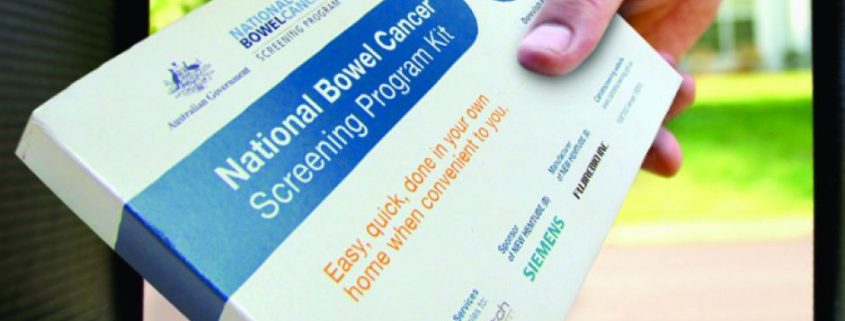Cancer Screening Programs
Monitoring reports for two of Australia’s government-funded, population-based national cancer screening programs were recently released by the Australian Institute of Health and Welfare (AIHW).
The report on the National Cervical Screening Program (NCSP) for women aged 20-69, measured incidence and mortality at 9–10 new cases, and 2 deaths, per 100,000 women, respectively. These rates have remained steady since halving between the introduction of the program in 1991 and 2002. The 2015-2016 report card however, shows two measures trending in the wrong direction over the past 3-5 years, with participation rates falling from 58% to 56%, and pap tests with no endocervical cells rising from 21 to 24%.
The impact of the National Human Papillomavirus (HPV) Vaccination Program is in evidence with a decline in the rate of detection of high-grade abnormalities for women under 30 as girls who were vaccinated against HPV move into the screening cohort.
Following a review of the NCSP by the Medical Services Advisory Committee (MSAC Application 1276) in 2014 an alternate Cervical Screening Test and pathway were recommended. The new NCSP commenced on 1 December 2017 with a five-yearly HPV test replacing the two-yearly Pap test. More than 99% of cervical cancers are caused by HPV, which includes squamous cell and adenocarcinoma. Neither the Pap nor the HPV test effectively detect the remaining <1% of neuroendocrine or small cell cervical cancers.
HPV vaccinated women are still at risk of cervical cancer from the 30% of oncogenic HPV types other than 16/18 (covered by the vaccine) known to cause cancer and hence, also need to participate in regular cervical screening.
Between January 2015 and December 2016, the participation rate in the National Bowel Cancer Screening Program was 41% of the eligible target population aged 50-74 years, which was slightly higher than the 39% recorded in the previous 2-year rolling period (2015-16). Of those who had participated in an earlier round, those returning for subsequent screening was 77%.
In 2016, approximately 8% of those screened returned a positive screening test. Of those who received a positive test, 68% had reported a follow-up diagnostic assessment.
Since the program commenced in 2006, data available for participants who have undergone a diagnostic assessment, reveal 1 in 30 have been diagnosed with a confirmed or suspected cancer, and 1 in 7 have had an adenoma detected.
The roll-out of biennial screening for those in the target group is expected to be completed by 2020.
Screening programs are funded by Federal and State Governments. In 2015-16, this amounted to $84 million for the cervical program and $56m for bowel. The reports may be downloaded from the AIHW website.



